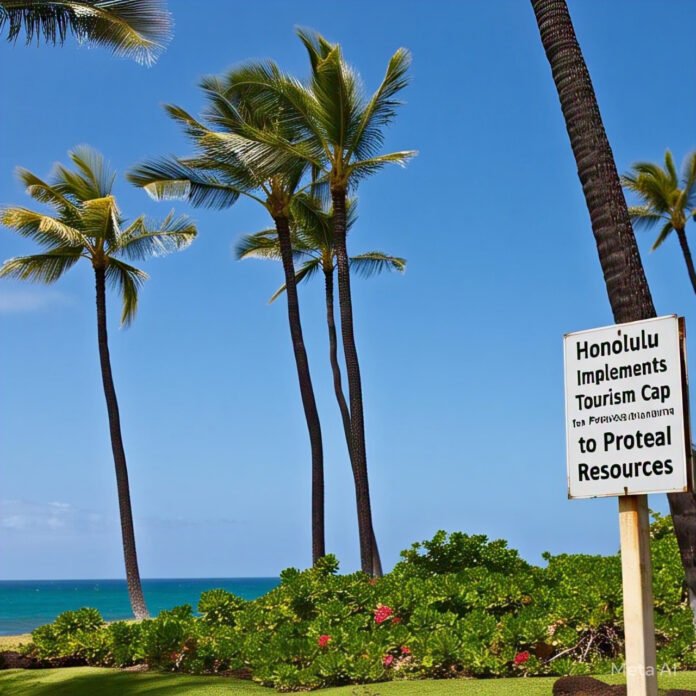Introduction
Honolulu, the vibrant capital of Hawai‘i, has long been a sought-after destination for travelers worldwide. However, the surge in tourism has placed significant strain on the island’s delicate ecosystems and cultural sites. In response, local officials have introduced measures aimed at regulating visitor numbers to safeguard the environment and preserve the authentic Hawaiian experience.
The Need for a Tourism Cap
Hawai‘i’s allure stems from its pristine beaches, lush landscapes, and rich cultural heritage. Yet, with over 10 million visitors annually, the islands face challenges such as overcrowded trails, coral reef degradation, and increased waste. These issues not only threaten the environment but also diminish the quality of life for residents and the visitor experience.Axios
Strategic Management Plan by the Hawaii Tourism Authority
In July 2023, the Hawaii Tourism Authority (HTA) unveiled a comprehensive plan to manage tourism on O‘ahu, Hawai‘i’s most populous island. The strategy includes: AP News
- Visitor Accommodation Limits: Restricting the number of accommodations to prevent overcrowding.
- Land Use and Zoning Adjustments: Implementing changes to control development and preserve natural areas.
- Airport Policy Revisions: Modifying policies to manage the influx of visitors more effectively.AP News
- Regenerative Tourism Fee: Introducing a fee to fund environmental conservation efforts.AP News
- Reservation Systems for Natural Sites: Establishing booking systems for popular attractions to control visitor flow.
- Sustainable Transportation Promotion: Encouraging the use of public transit and reducing reliance on rental cars.
HTA President and CEO John De Fries emphasized that the initiative aims to balance tourism with the well-being of local communities and the preservation of Hawai‘i’s cherished resources. AP News+1AP News+1
Legislative Support for Sustainable Tourism
In July 2024, Governor Josh Green signed into law several bills reinforcing the state’s commitment to sustainable tourism:AP News+2Spectrum Local News+2Axios+2
- Strategic Tourism Management Plans: Mandating the HTA to develop plans for each major island, focusing on balancing tourism with environmental and cultural preservation.
- Beach Management Funding: Allocating $1 million to the University of Hawai‘i Sea Grant Challenge Program to address beach erosion and overuse, particularly on the North Shore.Spectrum Local News
- Regulation of Commercial Ocean Activities: Tightening controls on unpermitted commercial operations in state waters, especially those promoted through social media.Spectrum Local News
- Seabed Mining Ban: Prohibiting seabed mining in state waters to protect marine ecosystems. Spectrum Local News
Visitor Engagement and Education
To foster responsible tourism, Honolulu encourages visitors to:
- Participate in Conservation Efforts: Engage in beach cleanups and support local environmental initiatives.
- Support Local Businesses: Purchase goods from local artisans and dine at eateries that prioritize sustainable practices.
- Respect Cultural Norms: Learn about and honor Hawaiian traditions and customs.Food & Wine
- Practice Eco-Friendly Habits: Use reef-safe sunscreen, minimize plastic use, and stay on designated trails. Honolulu Vibes+1Honolulu+1
Conclusion
Honolulu’s proactive approach to managing tourism reflects a growing recognition of the need to balance economic benefits with environmental stewardship. By implementing strategic measures and fostering community involvement, the city aims to ensure that its natural and cultural treasures endure for future generations.


